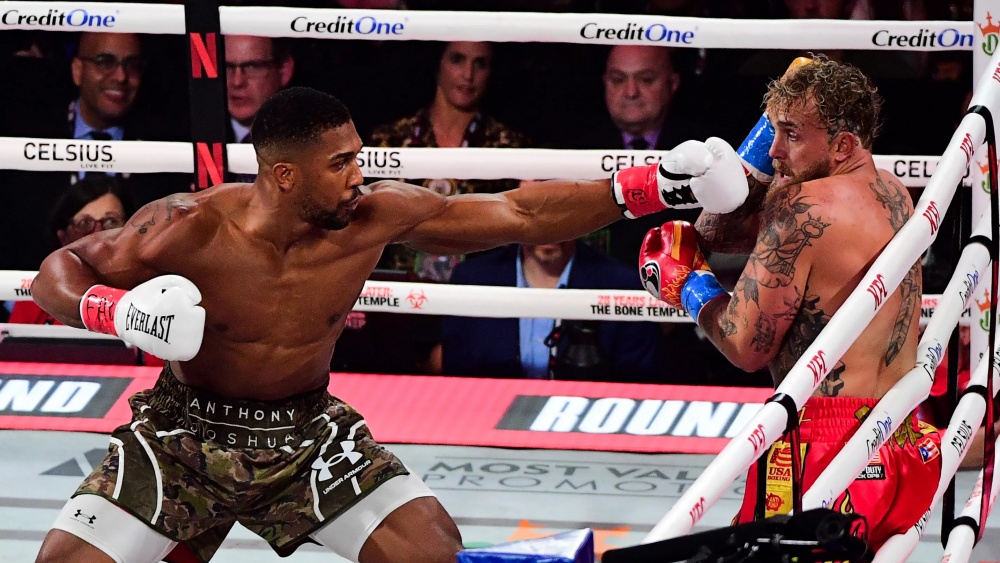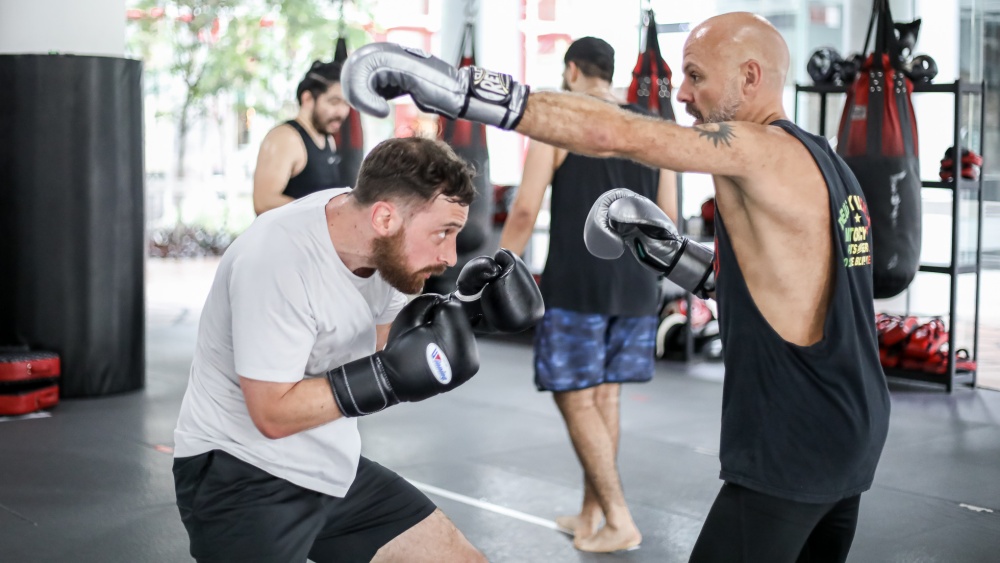Hand-eye coordination is something every pugilist should possess. The ability to keep laser focus through sight, while offering split-second corresponding reaction times with your hands is essential to both offense and defense.
On defense, it can mean the difference between being hit with a big punch or blocking and parrying at just the right time. On offense, it spells the difference between missing an opening, to landing a knockout punch at the perfect moment.
Hand-eye coordination often flies under the radar during training, but that doesn’t have to be the case. You can improve this particular aspect of your game by a large margin if you give it some time and effort.
Needless to say, hand-eye coordination is extremely important and should be developed by every serious fighter. Luckily, there are a handful of drills that you can perform to directly train this part of your skill set.
As a boxer, being able to react quickly and effectively is a key ingredient to victory. Work on your hand-eye coordination, it will surely give you an added edge in the ring when it matters most.
Today, Evolve Daily shares four drills you can perform to help you improve your hand-eye coordination in boxing.
1) Double-End Bag Work
The double-end bag, also known as the floor-to-ceiling bag, is a small, circular bag connected on both ends of the floor and ceiling by an elastic cord. They vary in size and shape, with rebound elasticity able to be adjusted. It offers a myriad of ways to perform different punching skill workouts.
Unique to the sport of boxing, the double-end bag offers a chance to improve rhythm, timing, and accuracy more so than technique. It gives fighters the opportunity to experiment by throwing any kind of punch.
Most importantly, it directly trains hand-eye coordination, allowing you to better understand and gain awareness of your fists, and how to unleash them at any given moment.
The double-end bag, different from other training tools in boxing, is a smaller target which moves around frequently and erratically, requiring fighters to use their eyes more to time their punches.
Because the double-end bag moves constantly, swaying back and forth and side to side, even at angles, it is very hard to predict its movement. When punching and connecting rapidly, it allows fighters to build up a rhythm, which then trains fighters to be able to adapt to a moving target. Developing this fighting rhythm and embedding it into your muscle memory makes you more effective and energy efficient in competition.
2) Tennis Ball Catch
The tennis ball catch drill may not seem like a conventional boxing drill, because it isn’t. However, it is undoubtedly one of the most effective drills with regards to training hand-eye coordination.
This particular drill is used to train hand-eye coordination in many sports, not just boxing. It is so effective that results can be seen even after just one session.
For this drill, if you have a partner, maybe a gym mate or your coach, then great. If not, you can train by yourself using the wall.
Against the wall, train one hand at a time, throwing the tennis ball against the wall with your hand and catching it with the same hand as it bounces back to you. Keep both eyes laser-focused on the ball at all times. Repeat this at least 20 times or until you notice an improvement. Then perform it with the other hand.
Try to target different quadrants of the wall in front of you. Target high, low, and both the left and right sides.
To increase the difficulty of this drill, repeat the entire workout, but this time do it with your left eye closed. After this, do it with your right eye closed.
To train with a partner, throw the tennis ball at each other with the objective of varying the angles at which the ball is thrown. You must catch the ball and throw it back each time. Practice with both hands, and up high as well as down low.
3) Mitt Work
Mitt work in boxing trains many different aspect of your skill set, not the least of which is your hand-eye coordination. It doesn’t just train your body positioning, balance, and punch technique. Furthermore, it simulates the ebb and flow of an actual fight, from offense to defense.
While most mitt work sessions are geared towards training your boxing combinations, there is a variation of mitt work, popularized today by the Mayweather boxing style, that helps to improve your reflexes.
In the video above, Floyd Mayweather Jr., and his uncle Roger Mayweather perform this particular drill in its entirety, so you can get a better sense of how this is carried out. The trick is to pick up a rhythm and routine, and then slowly increase speed and power until the entire session is fluid.
The relationship between fighter and training in this particular drill is extremely important. There needs to exist a certain level of trust and chemistry in order for this drill to be effective.
Another variation of this drill uses foam sticks in a similar way to the mitts. Foam sticks (or pool noodles) are lighter, faster, have a longer reach, and move more unpredictably.
4) Shadow Boxing

Shadow boxing is one of the most basic drills in every boxer’s training regimen. Yet most beginners fail to understand its significance and how it helps improve their game. On its own, shadow boxing is an important part of your development as a fighter, so make sure to give it some effort.
Most beginners feel that they look funny while shadow boxing, and that’s perfectly normal as you begin to develop proper technique and movement. Don’t worry about not looking like a real boxer. With more practice, you’ll look absolutely stellar in no time at all.
The best way to shadow box is in front of a mirror, where you can observe the way you move and the way you throw your punches. Visualize that you are looking straight at your opponent, maintain eye contact, and try to shadow box yourself to victory.
Play defense as well, by imagining your opponent throwing punches as you evade and counter them. Never break line of sight and never flinch. Don’t just throw random punches when you shadow box, that is not an effective way to perform this drill.
You may also like:

















